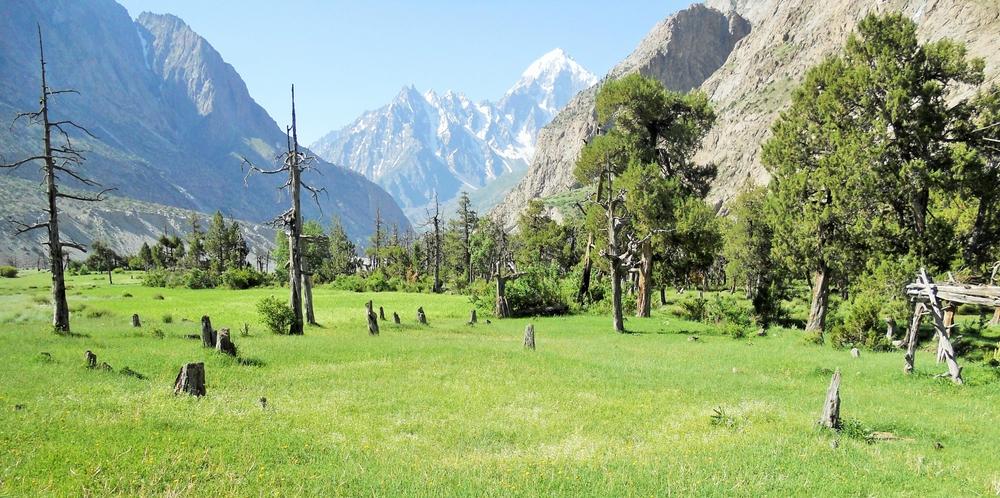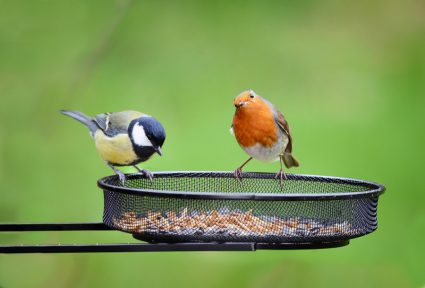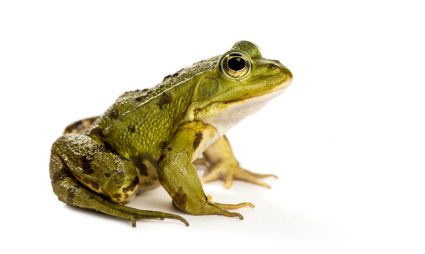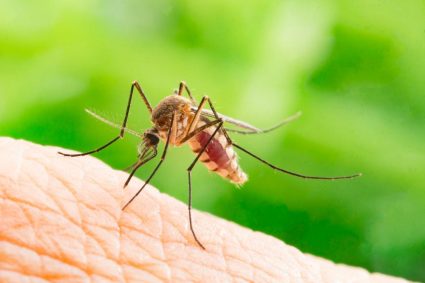
Coyotes, those crafty canids native to North America, have a reputation for being wily and elusive. Yet, they often come into conflict with humans, especially in areas where their natural habitat overlaps with urban and suburban landscapes. This is where trappers step in. But what exactly do trappers do with coyotes? Let’s delve into the world of trapping to find out.
Trappers play a crucial role in managing coyote populations, especially in areas where human-coyote conflicts arise. They use a variety of methods to trap coyotes, including foothold traps, dirt-hole sets, and cage traps. Once coyotes are trapped, they may be harvested for their fur or euthanized to control their population, depending on local regulations and the goals of the trapping program. It’s important to note that trapping should be carried out responsibly and ethically, with a focus on minimizing harm to the animals and the ecosystem.
The Role of Trappers in Coyote Management
Trappers play a crucial role in managing coyote populations, particularly in areas where human-coyote conflicts arise. They help control coyote populations by setting traps in strategic locations where coyote activity is concentrated, such as along trails, intersections, gates, crossings of bodies of water, and feeding areas. Trappers’ expertise also contributes to research, allowing biologists to learn more about the habitat requirements of certain species. Moreover, trappers often notify authorities when changes to the environment lead to habitat destruction or threats to wildlife populations.
Common Trapping Methods
Trappers use a variety of methods to catch coyotes. Some of the most common include foothold traps, dirt-hole sets, cage traps, and strategic placement of traps in terrain transitions. Trappers also use baits and lures to attract coyotes to the trap. Some popular choices include beaver-based baits, tainted chunk baits, and commercially made scents.
What Happens to Trapped Coyotes?
Once coyotes are trapped, their fate depends on local regulations and the goals of the trapping program. In many cases, trapped coyotes are harvested for their fur or euthanized to control their population. However, it’s important to note that while trapping is a crucial tool in wildlife management, it should be used responsibly and in conjunction with other methods such as public education, habitat management, and the removal of attractants.
Laws and Regulations
Trapping laws vary by state, but most require trappers to have a valid license and follow specific rules regarding trap size, type, and placement. In some states, relocation of live coyotes is illegal, emphasizing the importance of responsible trapping practices.
Ethical Considerations
Trapping, like any wildlife management practice, comes with ethical considerations. These include potential pain and suffering caused to the animal, the risk of capturing non-target species, and the impact on ecosystems. To address these concerns, trappers follow a code of ethics that promotes responsible practices, use selective and humane trapping methods, support education and training, and abide by all relevant regulations.
Impact on the Ecosystem
Coyotes play a significant role in maintaining healthy ecosystems. They help control populations of smaller predators and rodents, contributing to biodiversity. However, trapping and killing coyotes can disrupt their population dynamics and social structure, leading to unintended consequences for other species and the overall ecosystem balance.
Misconceptions and Public Education
Common misconceptions about coyotes and trapping include the belief that trapping is necessary to control coyote populations, that coyotes primarily target pets and livestock, and that coyotes hunt in packs. Public education is crucial to dispelling these misconceptions and promoting coexistence with coyotes.
Alternatives to Trapping
While trapping is a valuable tool in coyote management, it is not the only method. Alternatives include eliminating sources of cover and food, using exclusion fences, employing frightening devices, using guard animals, and hazing or harassing coyotes to reinforce their fear of humans.
In conclusion, trappers play a critical role in managing coyote populations and mitigating conflicts between humans and coyotes. However, it’s vital to remember that trapping should be carried out responsibly, ethically, and in line with local laws and regulations. Additionally, public education and coexistence strategies are crucial components of effective coyote management.
Frequently Asked Questions
What is a foothold trap?
A foothold trap is a type of trap used in wildlife management, designed to catch an animal by the foot. It consists of a pair of metal jaws, which are triggered by a pan in the center and held open by a spring device. When an animal steps on the pan, the jaws close, holding the animal by the foot.
Why is it illegal to relocate coyotes in some states?
Relocating coyotes is often illegal because it can spread diseases, cause conflicts in the area where the coyote is relocated, and may result in the death of the coyote due to unfamiliarity with its new environment. It’s also worth noting that relocated coyotes often try to return to their original location, which can result in them crossing roads and highways, leading to accidents.
Why would trappers use beaver-based baits for coyotes?
Beaver-based baits are used because they have a strong smell that can attract coyotes from a distance. The smell of beaver meat is particularly enticing to coyotes, and the scent can last for a long time, making it an effective bait.
What is the code of ethics that trappers follow?
The trapper’s code of ethics includes principles like respect for wildlife, adherence to laws and regulations, use of humane trapping methods, striving for quick and efficient captures, and avoiding unnecessary suffering for the animal. It also includes principles like respect for property rights, consideration for non-target species, and sharing knowledge and skills with others.
What does hazing or harassing coyotes mean?
Hazing or harassing coyotes refers to the practice of using deterrents to scare away coyotes and reinforce their natural fear of humans. These methods can include yelling, clapping, blowing a whistle, or using other noise-making devices. It’s a non-lethal method used to discourage coyotes from approaching human-populated areas.









